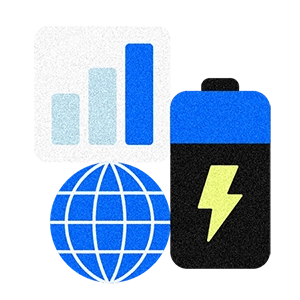Create and Use a Balance Sheet for Your Small Business
Let’s dig a little bit deeper into the balance sheet. A balance sheet is a statement of a business’s assets, liabilities, and owners’ equity as of that date. It can be made any time, but they are usually done for set periods of time such as a quarter or a year. Split into two columns, one side of the sheet lists assets while the other lists liabilities and owners’ equity. Your business’s total liabilities and owners’ equity equals the assets.
Using a balance sheet can give you a glimpse at how your company is doing financially, but there are several accounting reports you should consider looking at to get a more holistic view of your business’s finances. Think about using a profit and loss statement, cash flow forecast statement, and a balance sheet together.
We’ve partnered with our friends at Bench to bring you this balance sheet template.
![]()










